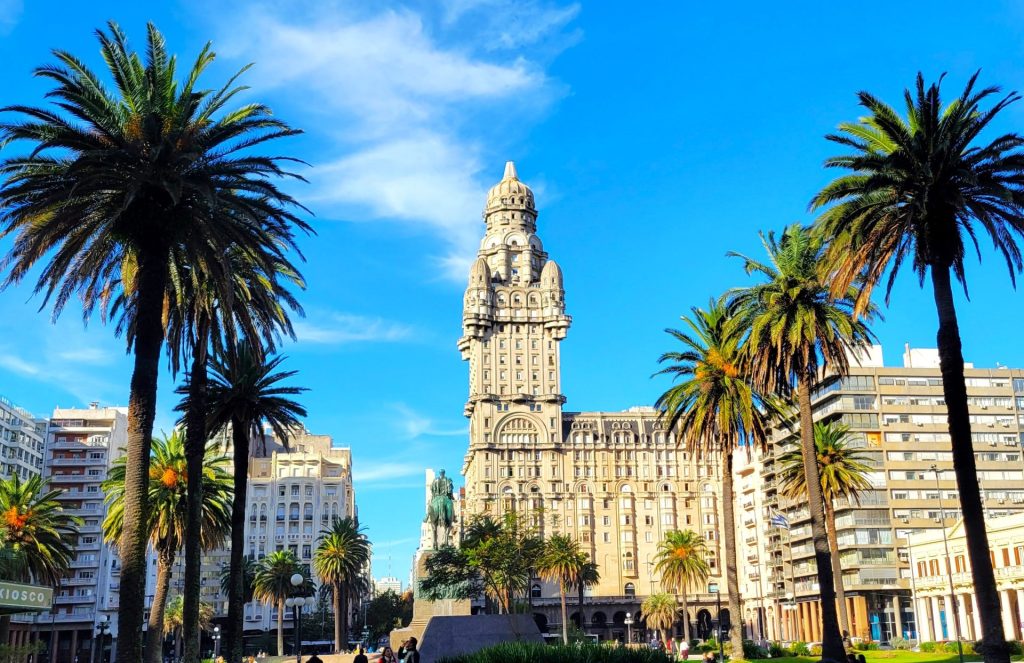
Montevideo is full of unique architecture, palm trees, and ocean breezes. The port city and capital of Uruguay is a pleasant destination, consistently ranked at the top when it comes to quality of life in Latin America. We stayed in the Old Town area, which is very walkable and has a nice pedestrian-only street bisecting it. We spent our time gazing at the interesting buildings, appreciating the locally-focused museums, and strolling along the salt water.
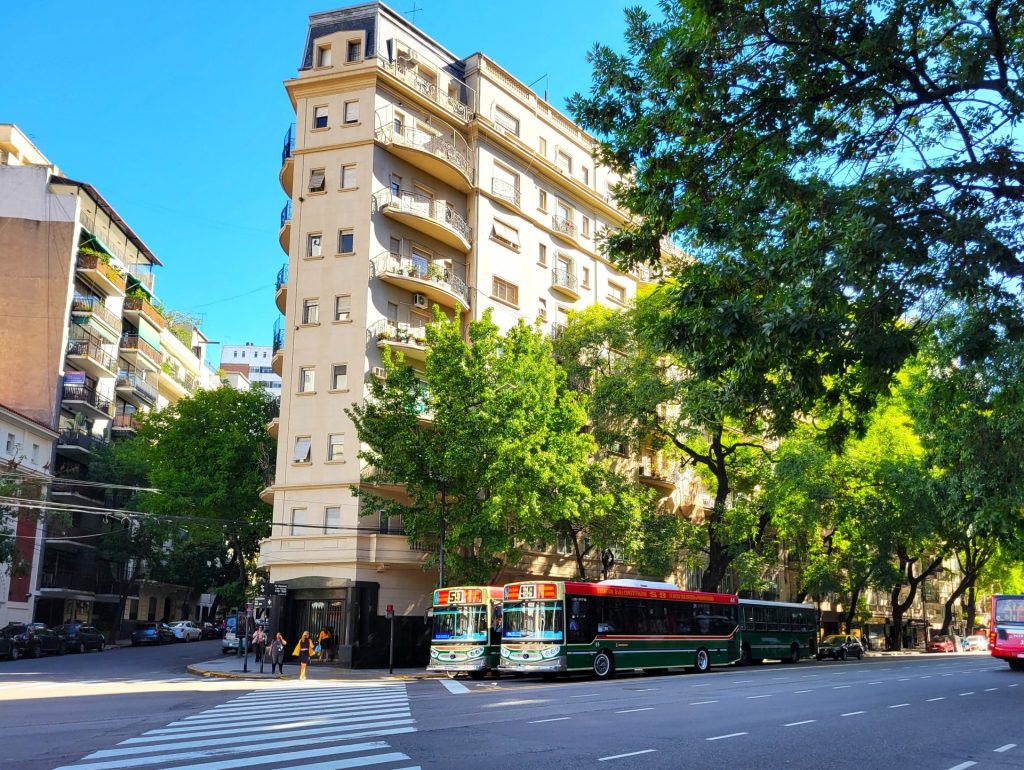
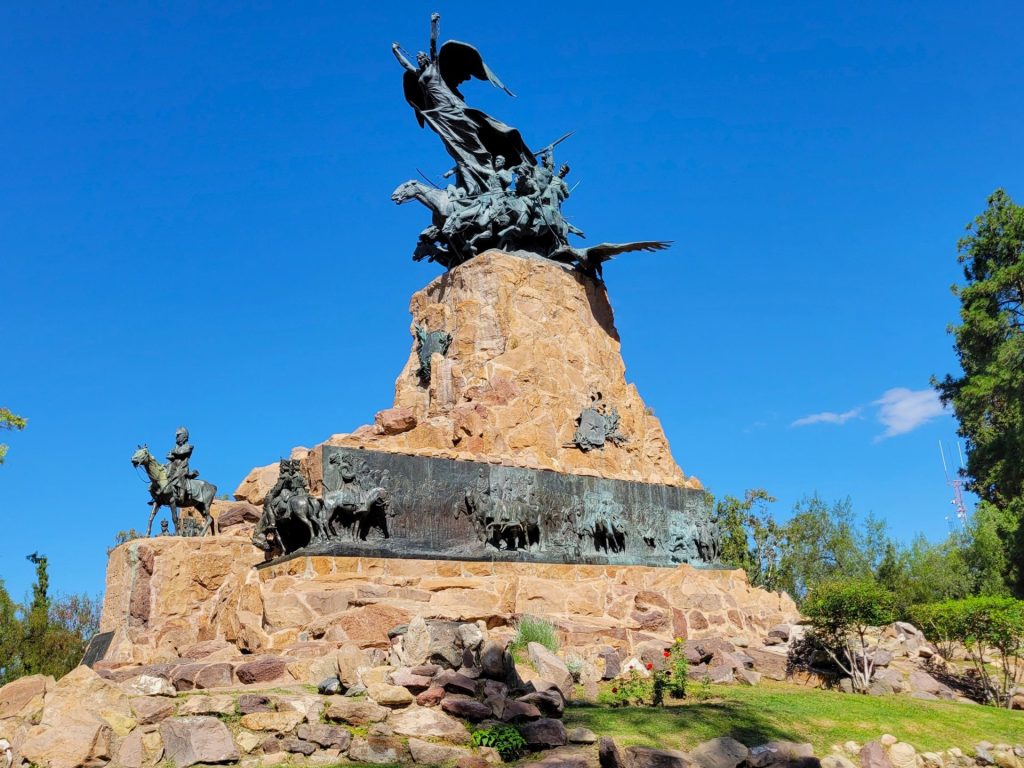
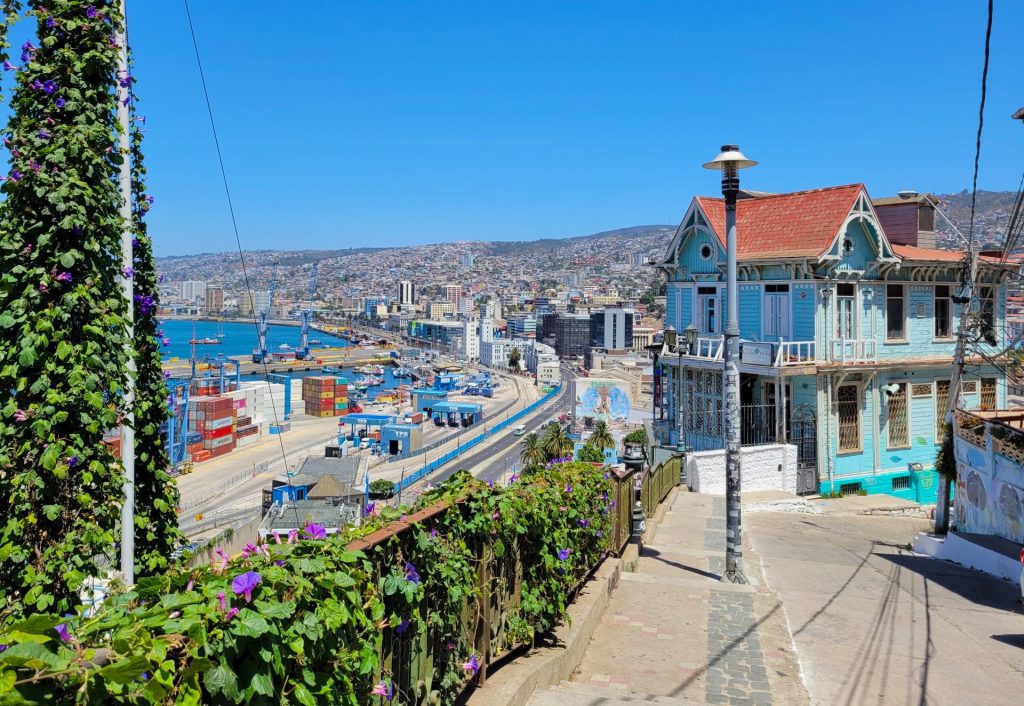
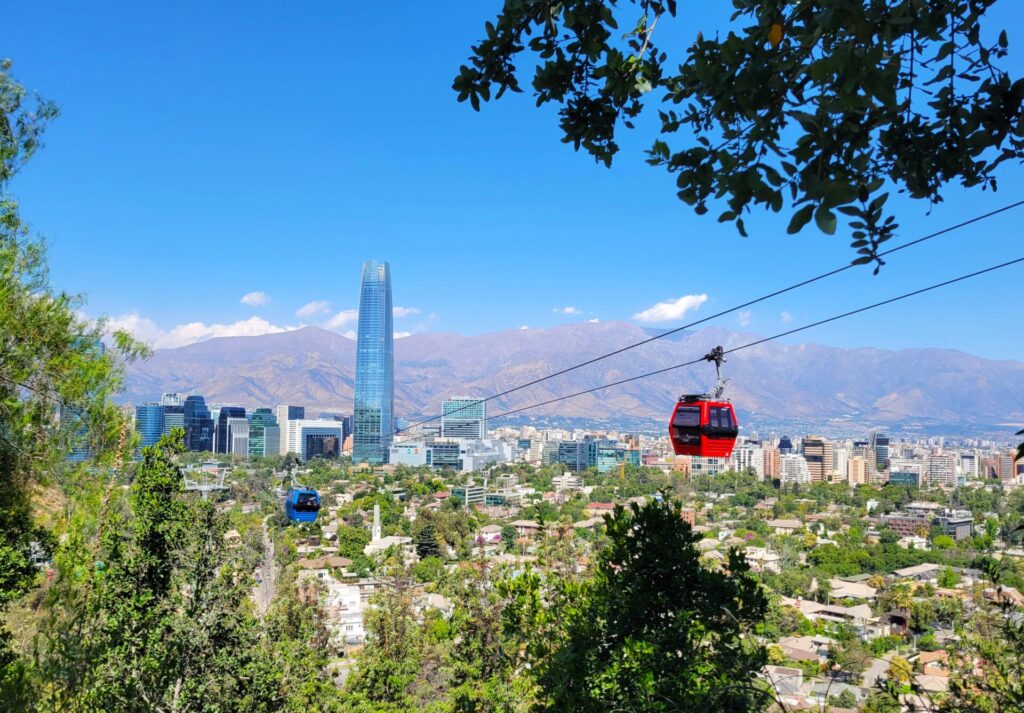
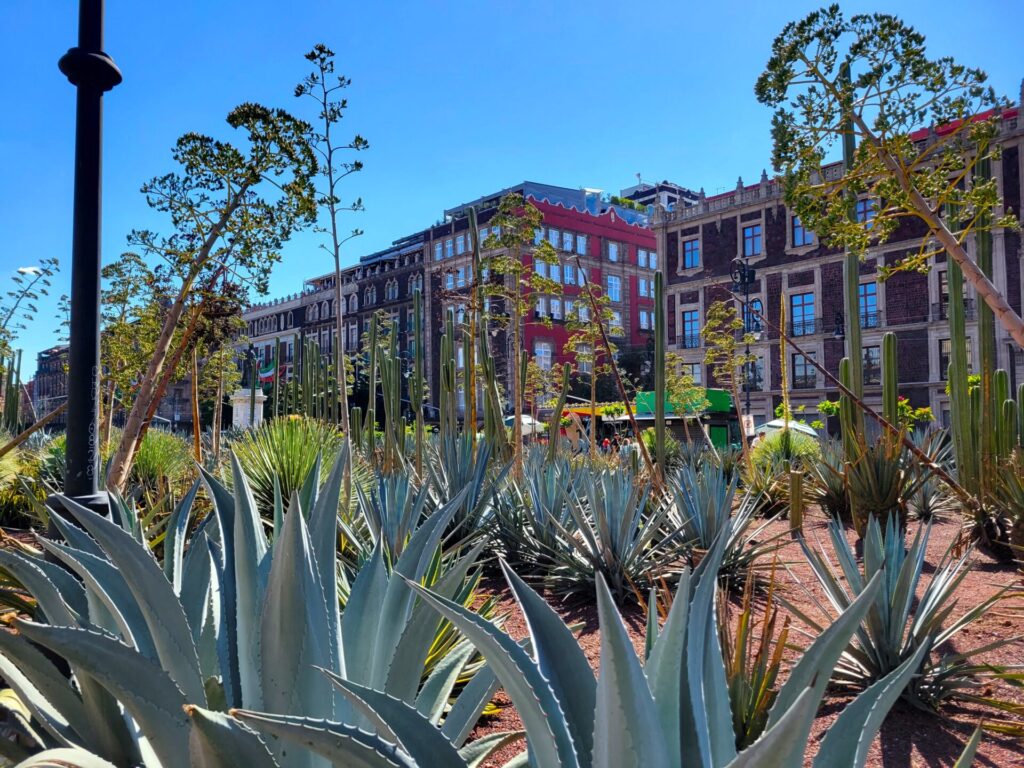
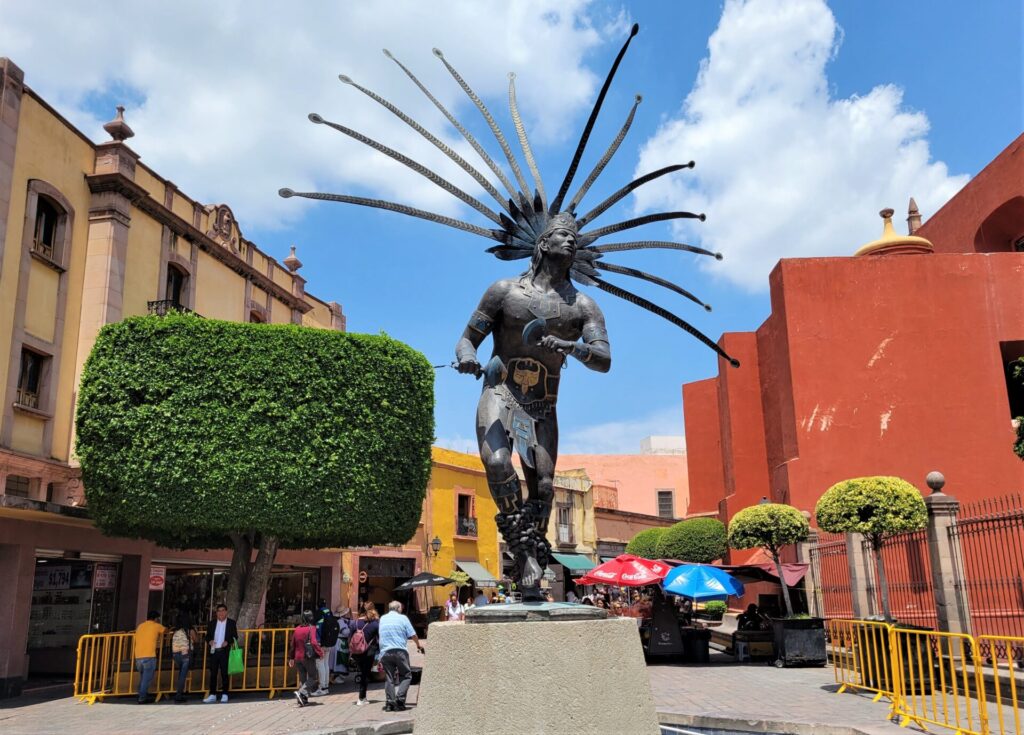
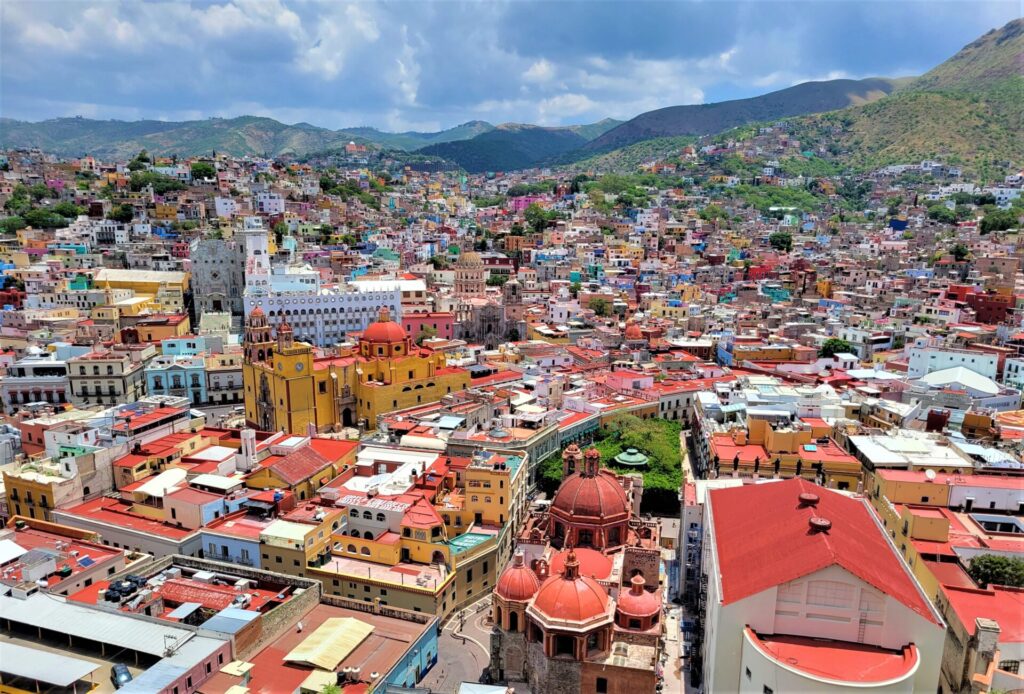
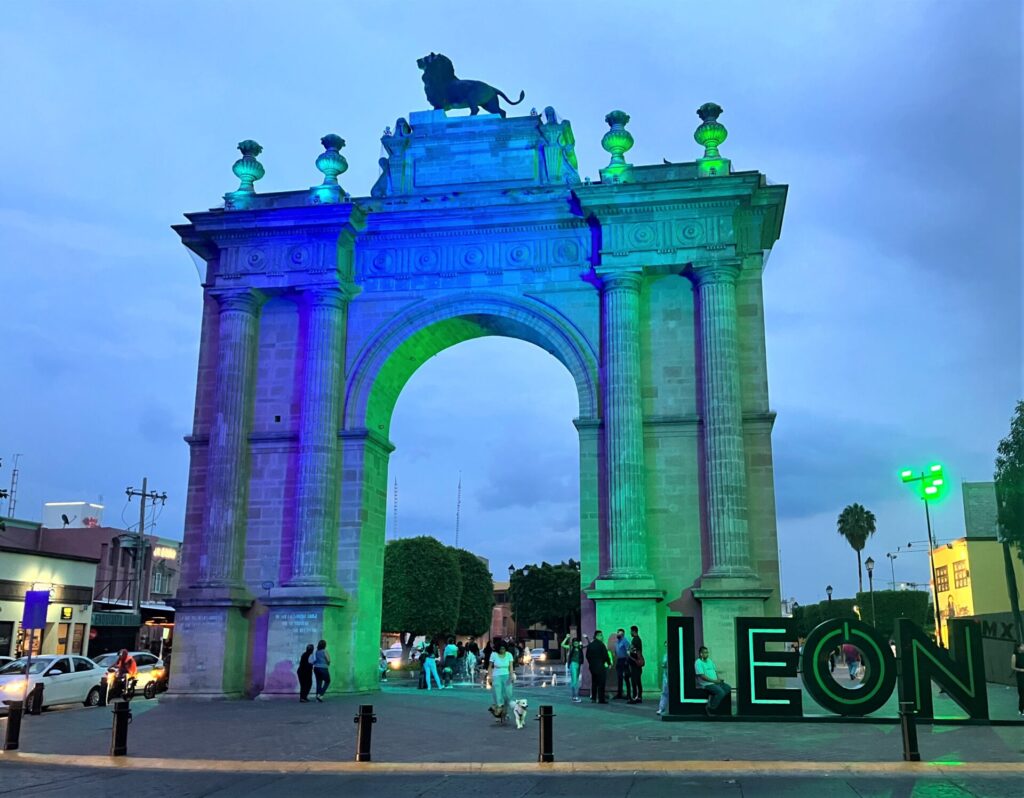
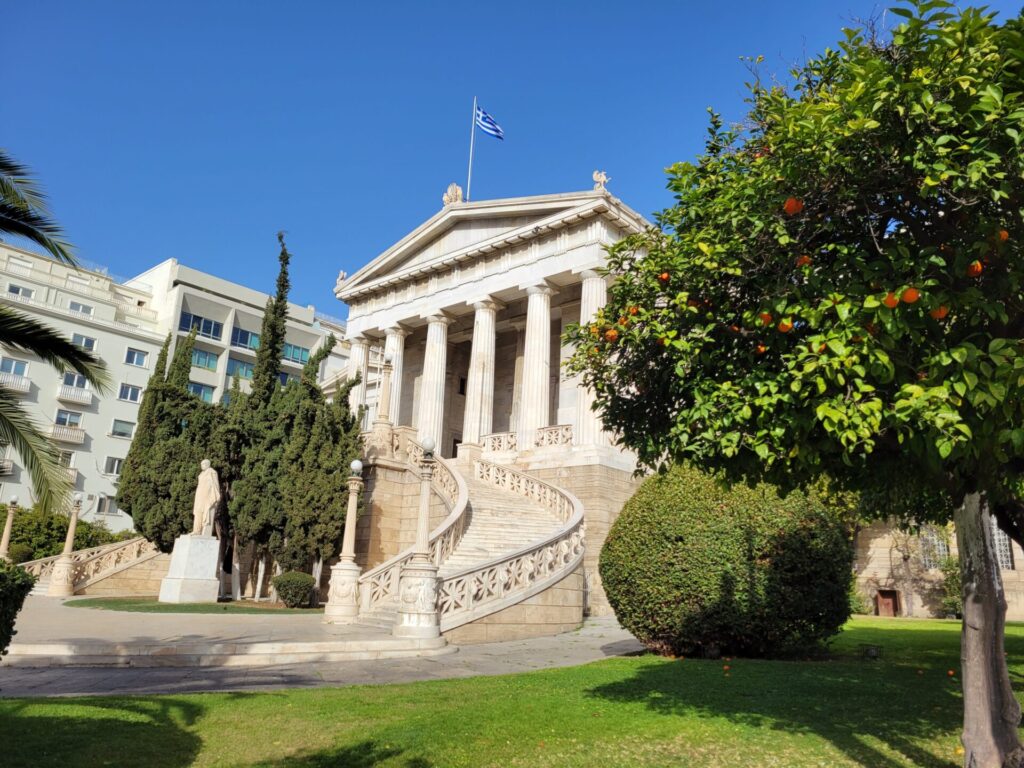
Feeling Social?